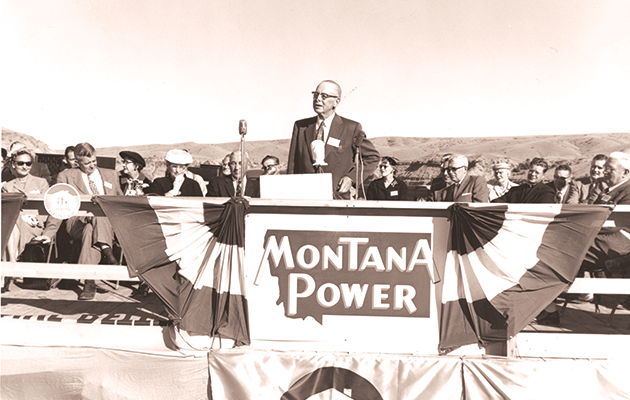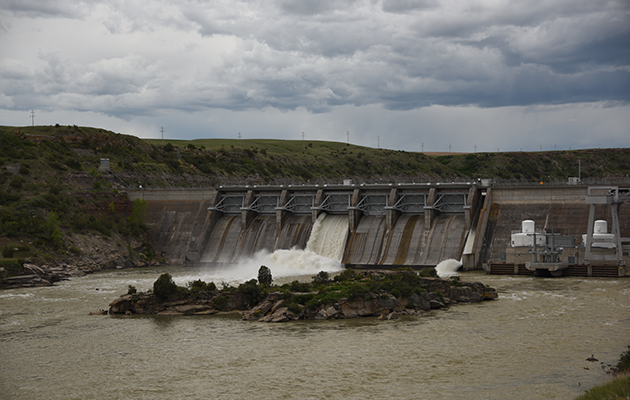
Cochrane
About the Cochrane Hydroelectric Facility
Located eight miles downstream on the Missouri River from Great Falls Montana, Cochrane is a two-unit hydroelectric plant with a generating capacity of 62 megawatts.
Unlike earlier dams, Cochrane was not built because of a need for additional electric generation, but instead as a buffer for when additional generation was needed as the state grew. An $8 million project, that had been on the drawing board since the completion of the Volta Dam (now known as Ryan Dam), its completion in 1958 meant that the hydroelectric facilities in the Great Falls area would have a generating capacity of 220 megawatts, enough to power seven cities the size of great falls.
Historic Namesake

Historic Namesake
Though he may not be as well known as some other early dam builders, Harry Cochrane played a large role in the electrification of Montana. Starting at Helena Power Transmission Company and the Butte Electric & Power Company designing dams and transmission lines in 1906, to becoming the chief engineer at Montana Power when the company formed in 1912.
He held many positions in the company until his retirement in 1962.
Ended with a bang

Ended with a bang
Cochrane was the first of the dams designed to be automated and controlled off-site and has been controlled and operated by workers upstream at Rainbow from its completion in 1958.
Its construction started with a literal bang, with the dam's namesake, Harry Cochrane throwing a switch that set off a dynamite blast to start construction. Cochrane is the last of the hydroelectric dams to be built by the Montana Power Company.


